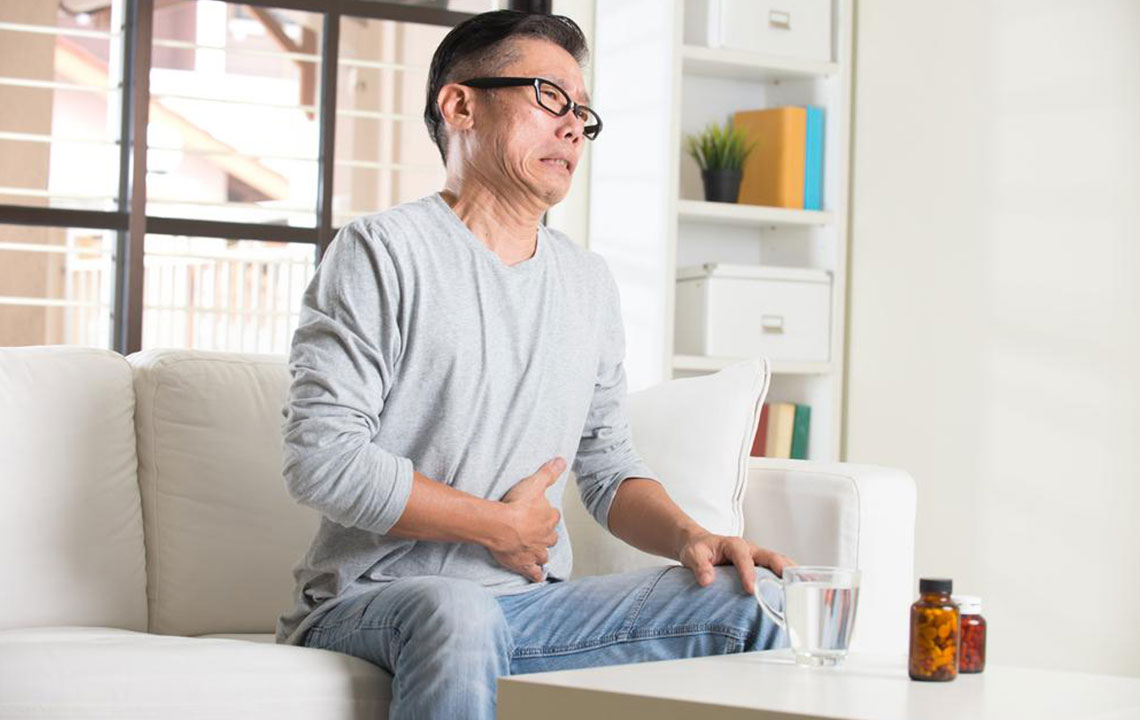Comprehensive Approaches to Managing Overactive Bladder Effectively
Overactive bladder causes frequent urges and involuntary leaks, impacting daily life. This comprehensive guide explores effective management strategies including lifestyle changes, pelvic exercises, and medical treatments, helping patients regain control and improve their quality of life.

Comprehensive Approaches to Managing Overactive Bladder Effectively
Overactive bladder (OAB) is a prevalent condition characterized by a sudden, intense urge to urinate frequently, often accompanied by involuntary leakage—commonly referred to as Urge Incontinence. This condition results from involuntary contractions of the bladder muscles, which diminish control over urination. The severity of leakage varies depending on the strength and duration of these bladder contractions. Interestingly, in some instances, a small leak might lead to a temporary reduction in urgency, preventing further accidents before reaching the toilet.
Managing overactive bladder can be approached through various strategies, especially in mild cases. Lifestyle modifications, home-based remedies, and behavioral techniques can significantly improve symptoms and enhance quality of life. For more severe symptoms, medical evaluation becomes essential to identify any underlying health issues, such as infections or neurological conditions, that may contribute to OAB. Treatment options range from medications to advanced procedures, including Botox injections and nerve stimulation therapies. Consultation with a healthcare professional is crucial for personalized care and effective management.
Urge Incontinence Treatment
Bladder Training Techniques
Kegel and Pelvic Floor Exercises
Medical and Surgical Interventions
Consultation with Healthcare Providers





